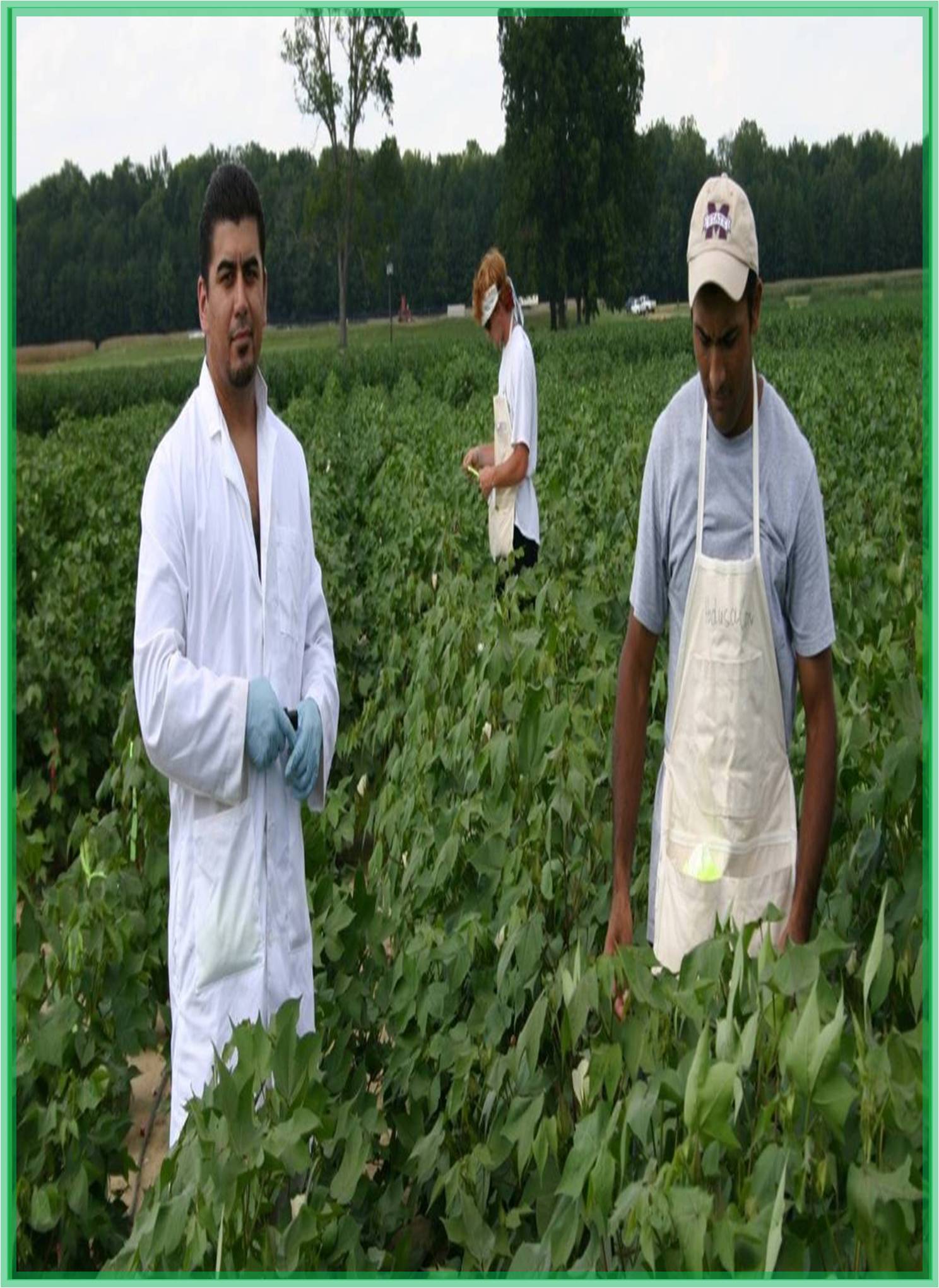



Received: 28-Feb-2022, Manuscript No. GJARR-22-59017; Editor assigned: 02-Mar-2022, Pre QC No. GJARR-22-59017(PQ); Reviewed: 15-Mar-2022, QC No. GJARR-22-59017; Revised: 19-Mar-2022, Manuscript No. GJARR-22-59017(R); Published: 31-Mar-2022, DOI: 10.15651/GJARR.22.9.1
Agroecosystems are defined as plant and animal communities that interact with the physical and chemical environment and are modified by humans to produce food, fibre, fuel, and other products for human consumption and processing will be done. It is composed of cultivable land and grassland and occupies about 47% of the EU’s land area. For the most part, these are controlled ecosystems, with very few grassland habitats that actually exist in their natural state.
Agriculture has a history of thousands of years, enough time for certain species and habitats to evolve with livestock. Agroecosystems can become more vulnerable to pest damage and catastrophic outbreaks due to lack of biodiversity in plants and insects, and sudden changes caused by weather and humans. However, agroecosystems are complexes of food chains and webs that work together to form stable entities.
Agroecosystem Components
Primary producers: Crops and weeds are the main producers of agroecosystems. For example, many producers such as Durba, Mutha, and Syma provide rice to paddy fields.
Consumers: Some consumers include grasshoppers, aphids, beetles, ants, rats, birds and humans. Macro consumers and frogs, snakes and hoes are micro consumers.
Properties of Agroecosystem
Productivity: It is net increment of values products per unit resources (land, labour, energy, capital) and is commonly measured as annual yield /hectare.
Stability: It is a degree to which productivity remains constant, in spite of normal small scale fluctuation in environmental variables such as climate in the economic condition in the market
Sustainability: It is defined as the ability of the system to maintain its productivity when subjected to stress or perturbation. A stress is defined as regular, sometimes continues, relatively small and predictable disturbance. E.g. affect of growing soil salinity. a perturbation by contrast is an irregular, in frequent relatively long and unpredictable disturbance such as drought or a flood
Equitability: It is a measure of how evenly the produce of Agro ecosystem is distributed among its human beneficial. The more equitable the system, the more evenly are the products to fed shared among the population of the farm, village, regions or nation.
Ecological Function of the Agro Ecosystems
Basic ecological processes, including energy and nutrient flows and interactions between species, drive a variety of ecosystem functions. Some examples of central functions of the nutrient cycle in agro ecosystems include primary production, degradation, and biological nitrogen fixation by legume species. In positive conditions, each of these functions allows agroecosystems to maintain soil fertility and productivity over the long term. If negative, there will be a loss of viability in the agroecosystem. Ecological processes are partly due to a biological condition beyond the control of the farmer, but farmers can change many agroecosystem functions through management practices.in particular, agroecology. Scientific management practices can improve the uptake of nutrients by plants in ecologically degraded systems through reproduction. For example, increasing crop rotation diversity with covered crops is a practice that can enhance multiple ecosystem functions or “multifunctional”
Nutritional Functions of Agroecosystems
The nutritional functions of agroecosystems include the quantity, variety, nutritional value of the crops produced, and the protection of genetic resources to enhance the characteristics and dietary diversity of individual crops. Importantly, these indicators of nutritional function take into account more than yield and productivity, which have been key indicators for assessing agroecosystem performance since the Green Revolution. Prioritizing productivity as the sole goal of agroecosystems can mistakenly conflict household food security and rural livelihoods with important ecological and nutritional functions.
Just as agricultural management practices affect ecological functions, they also affect nutritional functions such as plant nutritional value, potential for increased dietary diversity, and productivity. Therefore, ecological functions affect the overall capacity of agroecosystems to provide nutritional functions to humans through the production of a diverse range of nutritious foods.